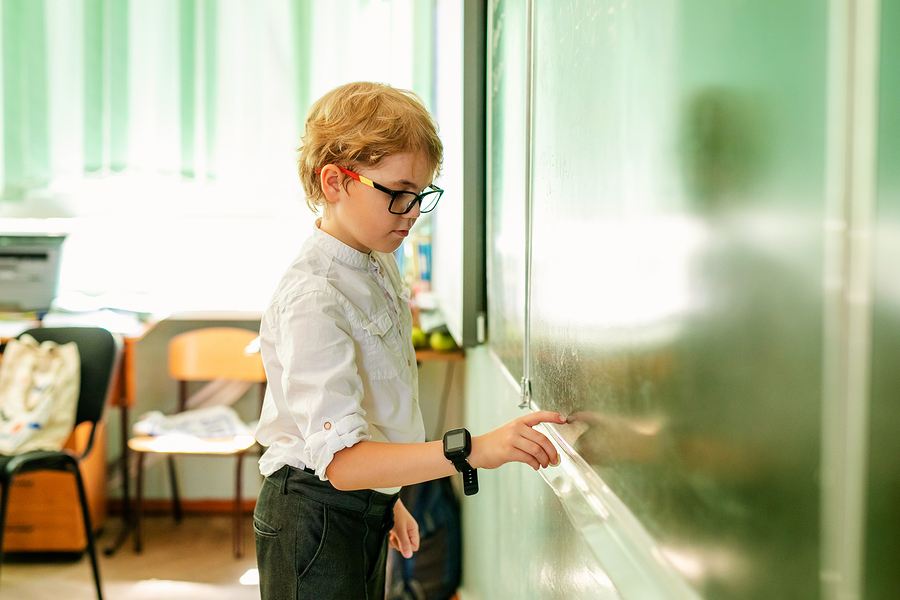When a kid is distracted and doesn’t follow instructions in class, we usually think they might have a learning disability or behavior problems. These are the two most common causes to explain this pattern, but they are not the only ones, we can also be facing visual impairment in the classroom.
The situation has a global reach. About 2 billion people around the world need glasses and don’t have access to them. The scarcity of refractive vision correction is one of the most significant health problems in the world today. Most of the efforts from charities and schools are focused on the people with the most severe visual health problems, leaving others, who only need a pair of glasses in this limbo of inattention.
What is it like to be a student with mild visual impairment?
The challenges for a student who has health vision problems do not limit only to struggle reading from the board. It can also translate into difficulties in the socialization process. Visual cues are instrumental in the learning of non-verbal communication. A child with poor visual health can easily miss signs like facial expressions or hand gestures, which are very important to put messages into context.
When this happens, the student would turn around and talk to a classmate. Either to obtain the missing information or to distract themselves from the frustration of not registering the full content of the class. Their level of participation can also be affected since they are most likely to have a higher level of stress and nervousness than other students.
It is relatively common for children to stumble sometimes while they get the hang of their motor skills. Nonetheless, if this pattern is consistent, it can impact the child’s self-esteem and hold back his learning and motor skills development. As a teacher, it is essential to pay attention to how students navigate the classroom and handle objects since it can be an indicator of poor visual health.
Another sign could be the difficulty of following instructions. If this often happens to a student, they might not need a scolding, but a pair of reading glasses.
Even more apparent indicators could be students holding books and papers too close to their faces, or continuously asking to go to the infirmary for headaches. The longer a visual health problem stays undetected, the more it will impact a student’s behavior and academic performance, as well as their socialization process.
Recommendations for teachers with visually impaired students
When we say a student is visually impaired, we don’t always mean just one thing. There are various levels of visual impairment, from the mild ones that can be fixed with the right pair of glasses, to the ones that require the person to navigate the world with appropriate aids that compensate for the absence of sight.
If the student only needs prescription glasses, these tips might help to identify the problem and work towards a solution.
1. Kids don’t want to feel different from their classmates. Any measure designed to help students with poor visual health must be discrete and inclusive rather than divisive.
2. Letting students choose a seat from which they can see better can significantly reduce stress and prevent eyesight fatigue.
3. Literature about eye health care has proved useful to kids and parents trying to understand the situation. It is convenient for teachers to keep it at hand.
4. If a teacher has a student with poor eyesight, it is essential to open a communication channel with the parents and recommend a visit to the ophthalmologist. It is necessary to work with them to establish the right strategy to maximize the child learning experience.
5. It is also helpful to use inclusive resources in class. Eyesight is not the only sense or channel for learning. Activities that take into consideration other senses can open paths into new ways of learning and registering knowledge.
We must consider that the measures to be taken in the classroom to integrate a child with visual problems should enable their learning process with a sense of discipline. Treatment must be inclusive, not preferential.
A student with poor eyesight has the same capacity to learn than any other child; they need different aids to approach learning. With the right tools, they can thrive and make the most of the educational experience.
This article from Observatory of the Institute for the Future of Education may be shared under the terms of the license CC BY-NC-SA 4.0 
)
)


)